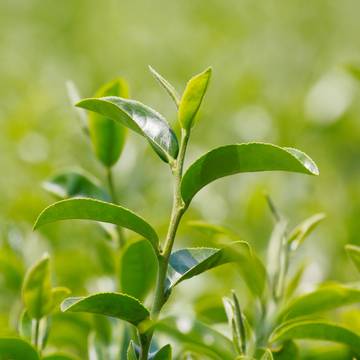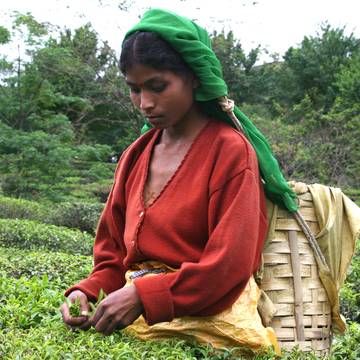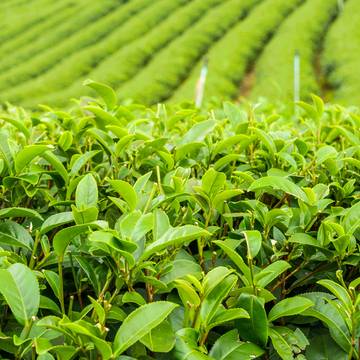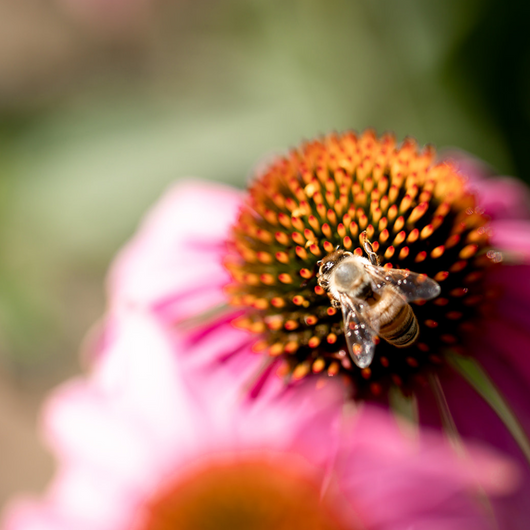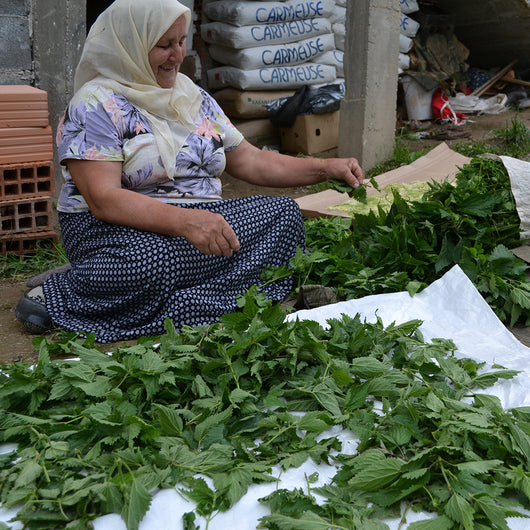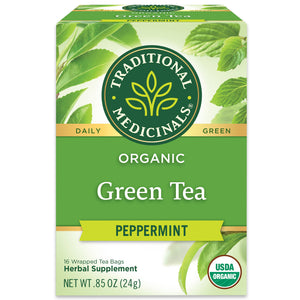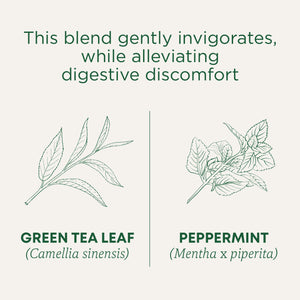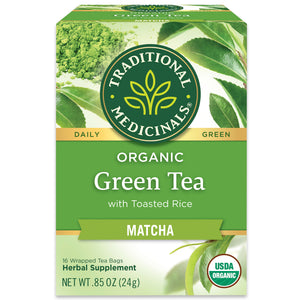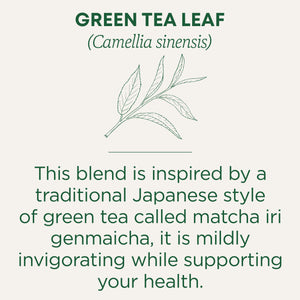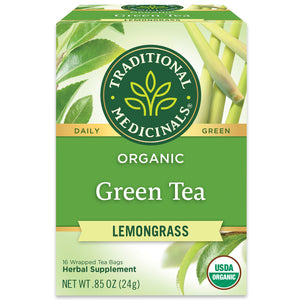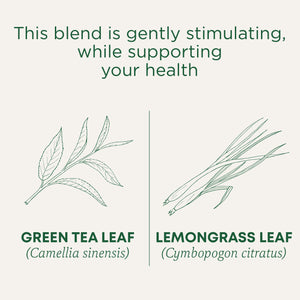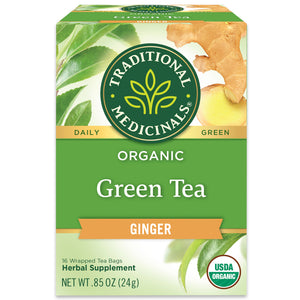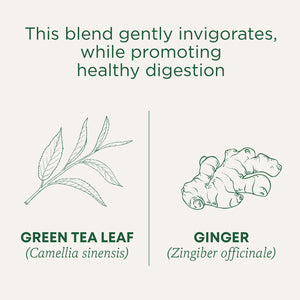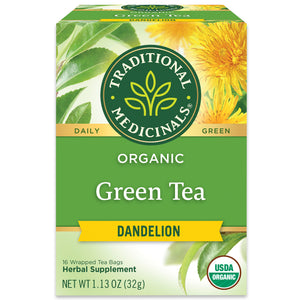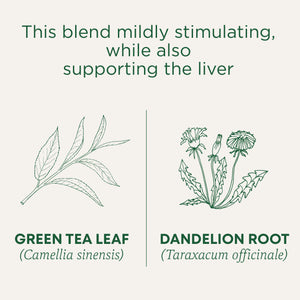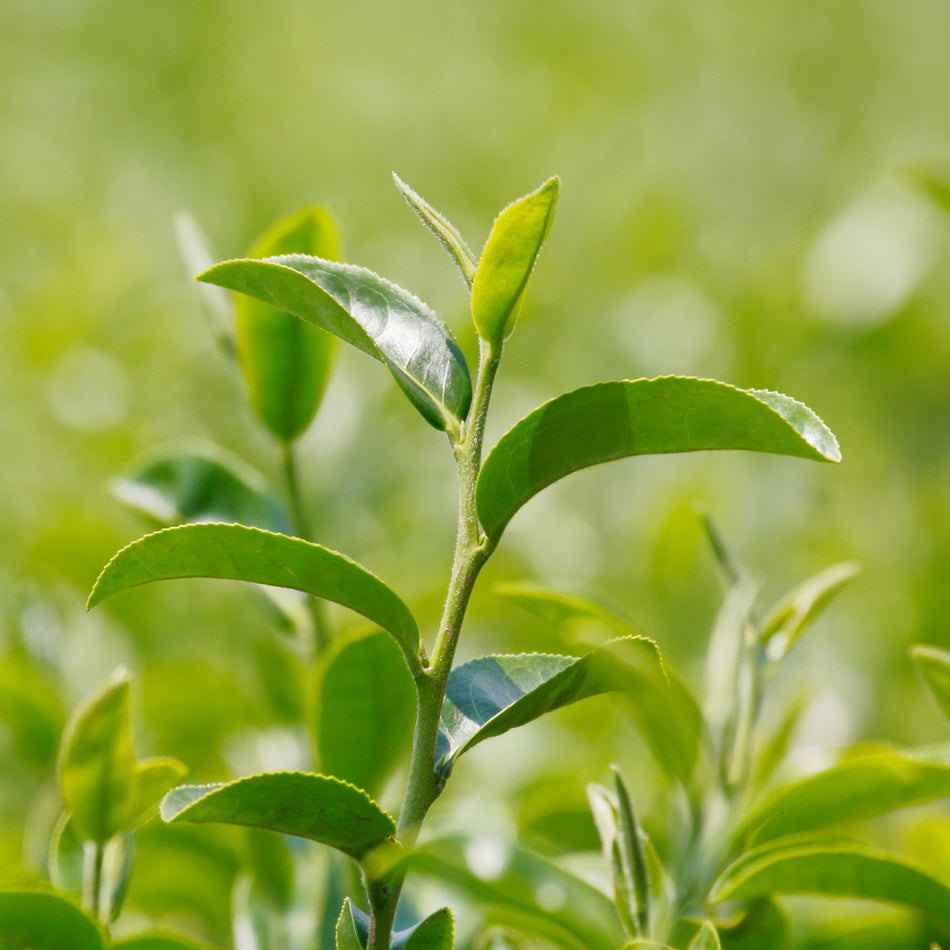
Tea Plant
Camellia sinensisWhat do green, white, and black tea have in common? They come from the same plant—Camellia sinensis. Depending on how it’s prepared, you’ll get a variety of flavors and benefits.
Perk up with the most quintessential tea plant.
What are the Benefits of Tea?
Technically speaking, tea has traditionally considered any brew derived from the Camellia sinensis plant. Depending on the harvesting and brewing methods, the final product could result in a green tea, black tea, white tea, among a few other variations that you may be familiar with. Each of these present their own benefits but generally, this category of tea has been consumed much like a tonic, over time (often daily) to promote the health of the whole body. Because of its caffeine content, tea benefits are best experienced in the morning or as a mid-day pick-me-up and offers a healthy and natural way to stay alert and active.*
Folklore & Historical Use of Tea
Tea is one of the oldest forms of herbal medicine and has a rich tradition of ceremonial use, namely in Japan by way of China. As the legend goes, tea was first discovered through a happy accident. Shennong, an herbalist and Chinese emperor in 2737 B.C., was known as the “divine farmer” who discovered tea when boiling water and a dried tea leaf fell into his cup.
Since then, societies across the globe have developed many ways to harvest and brew Camellia sinensis leaves, resulting in myriad flavors, colors and health benefits. Notable variations include green tea, black tea, white tea, oolong tea, pu-erh, and matcha.
One of the most profound tea practices is a formal tea ceremony called chado, or “the Way of Tea,” is an ode to harmony—in this case, the harmony between tea, art, nature, organic materials, and people. Highly influenced by Zen Buddhism, chado has been used as a sacred and meditative ritual in Japan throughout the ages. From the processing of the tea to the way it is served, all aspects of the ceremony demand mindfulness and care. While chado is typically a privileged experience of the elite, you certainly don’t need to attend a formal ceremony to infuse its spirit into your everyday tea drinking rituals.
Botanical Description & Habitat
Native to Southeast Asia, the evergreen shrub known as “tea” is now grown worldwide in tropical and subtropical bioregions and is one of the top herbs in commerce. Generally, tea loves warm weather with partial shade, and thrives in climates with heavy rainfall and when grown in higher elevations. The tea leaf is then harvested and depending on the ecosystem and the way it’s processed; the tea takes on many different characteristics, flavors, and consequently common names in commerce.
Some of our favorite teas come from organic, Fair Trade-certified green tea suppliers in India, whose farming practices make them an excellent sustainability partner. Their lush gardens nestled in the Himalayan foothills of India are founded on the principles of environmental, social, and economic sustainability.
When To Use Tea Plant
Rev your engine morning and mid-day to stay alert.
Sip to settle the mind and accomplish that project.
The Business of Sustainable Plants
Our business is rooted in plants, and for us, it’s a business imperative that we care for the ecosystems where these plants live and thrive. We believe that everything is interconnected, which means supporting ecosystems and the farmers and collectors who harvest and gather our herbs. Finding opportunities to reduce or eliminate emissions at the source, we support organic and regenerative farming practices as well as voluntary certifications like Organic and FairWild. These ensure the absence of pesticides, herbicides, as well as the ongoing sustainability of wild collection, and the health and livelihoods of the collectors who forage. Josef Brinckmann, Traditional Medicinals’ Research Fellow, Medicinal Plants and Botanical Supply, asserts, “Everyone has a role to play in preserving biological diversity. One way of doing that is by equitably supporting the local people to serve as stewards of the land.”
It Starts with Organic
We choose to source organic because we believe in the positive impacts it has on environmental sustainability, biodiversity, and overall ecosystem health. Organic helps us increase transparency while prioritizing consumer well-being and farmer success, which is key to producing the high-quality herbs we source. In 2021, we procured 2.73 million pounds of certified organic herbs, over 99.7% of our total botanical herbs purchased. Volumes were down slightly from FY20 due to timing of inventories received.
The impact from organic farming creates a vital ecosystem through improved soil health, water quality, pollinator habitats, and biodiversity. Organic farms also have increased carbon sequestration potential through long-term carbon storage in the soil, helping to mitigate climate change.
One of the benefits of organic that we most value is farmer health. We care deeply about the people who produce our herbs, ensuring that they are not exposed to synthetic chemicals found in conventional agriculture.
Fair Trade
We believe that everyone deserves a fair wage for hard work. That’s one of the reasons why we’re committed to fair trade. Traditional Medicinals® is a registered Fair Trade “brand holder”, “licensee” and “manufacturer,” and our products are certified by Fair Trade USA, an independent third-party certifier. We were an early adopter of Fair Trade, having launched our first fair trade tea product in 1998, just one year after Fairtrade International (FLO) was established. We continue to work closely with our network of producers to help them to implement fair trade standards and get certified.
Green Tea Peppermint
Additional Information
Legal Disclaimer:
The information and other content in this article is designed to provide a general overview of the botany, cultural history, and traditional uses of this herb. It is not intended and should not be construed as health advice. Every person is unique and you should consult with your health care provider before using any herbal product or supplement.

